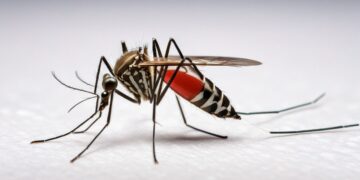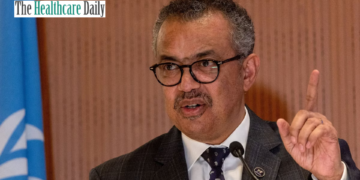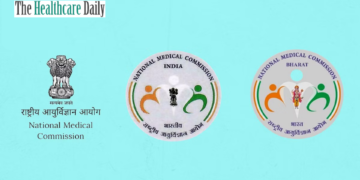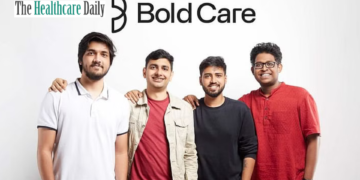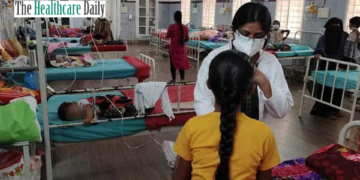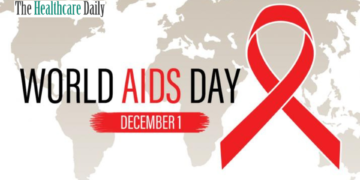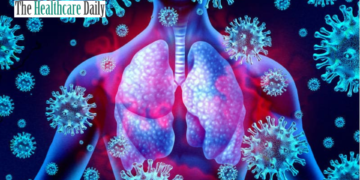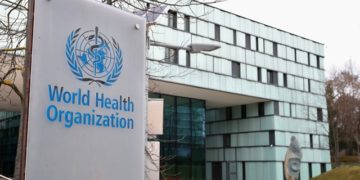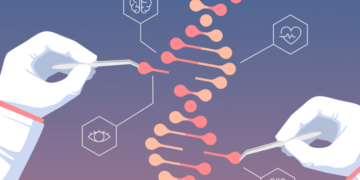- The Gokulpuri area of New Delhi would now be under a created 52,000- strong surveillance by the Delhi government, in collaboration with the Department of Biotechnology. This would be one of the surveillance of emerging diseases, or predicting outbreaks.
THD NewsDesk, New Delhi: The Gokulpuri area of New Delhi would now be under a created 52,000- strong surveillance by the Delhi government, in collaboration with the Department of Biotechnology. This would be one of the surveillance of emerging diseases, or predicting outbreaks.
“The department of biotechnology is currently in talks to see whether the trial of an upcoming Covid-19 vaccine can be conducted in the surveillance site, once we have collected enough data over the next few months,” said Dr. Pragya Sharma, head of the department of community medicine at MAMC. The trial site will encompass households in Gokalpuri, Sanjay Colony, Ganga Vihar, and Gokulpuri village.
The department of biotechnology has developed at least 11 such vaccine trial sites across the country.
Such trial sites allow the researchers to study the number of infections at a community level after being administered a vaccine. Currently, many of the vaccine trials being conducted are hospital-based, where the volunteers are asked to register with a particular site to participate in the trial.
Over the next three years, researchers from Maulana Azad Medical College will collect demographic data of each and every person living in the area, including details like how many people live in a house, their health condition, and their economic situation, among others.
All the details collected will be mapped on a satellite image of the area, along with detailed information. The project is headed by community medicine expert Dr. Nandini Sharma, who is currently the head of the medical college.
“The map will have a complete health profile of people in that region. This is very helpful for detecting any novel outbreaks, like Covid-19, if there is a sudden increase in atypical symptoms. Or, detecting an outbreak early on, if the doctors in the area start seeing an unusual increase in say for example diarrhea. Currently, our department is collecting the baseline data. However, a site like this will be a resource for health researchers forever,” said Dr. Sharma.
The Delhi health minister Satyendar Jain in a video address at the inauguration said that it was a great step being taken for the health care of the people in the area.
Dr. Nandini Sharma addressed the people of the area and requested them to provide accurate data to the volunteers who come to their houses.
The Delhi health minister Satyendar Jain in a video address at the inauguration said that it was a great step being taken for the health care of the people in the area.
Dr. Nandini Sharma addressed the people of the area and requested them to provide accurate data to the volunteers who come to their houses.
Fewer than 1,000 cases a day were last reported 127 days ago on August 17. The city has since seen two surges in cases in September and in November, with the November spike being the worst when 8,593 cases were reported in a single day.
The positivity rate – the proportion of samples that return positive among total tested – dropped to 1.14% on Wednesday, which is the lowest since the Delhi government started giving daily data on the number of cases and tests since April beginning. So far, the lowest positivity rate was 1.16% recorded on April 6. With fewer tests, the positivity rate wasn’t consistent then, with a daily positivity rate of 8.84% being recorded the very next day.
The current decline, however, has been sustained.
Delhi has reported a positivity rate of less than 2% for eight days now and below 5% for 20 days. Experts believe that the spread of the infection is under control if the positivity rate remains at 5% or less for over two weeks.
The city also reported 25 deaths due to the infection, taking the city’s total toll to 10,329.
Source: Hindustan Times

